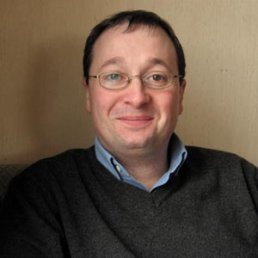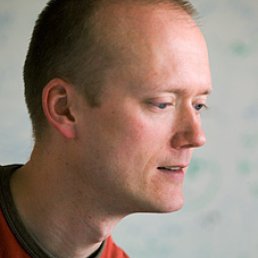Oxford Mathematics is delighted to announce that it is to
host two of the newly created Centres for Doctoral Training (CDT) announced
today by the Engineering and Physical Sciences Research Council (EPSRC).
Oxford Centre for Doctoral Training in Industrially
Focused Mathematical Modelling
Oxford University’s Mathematical Institute has a long
tradition of mathematical modelling and scientific computing. The CDT in
Industrially Focused Mathematical Modelling, directed by Professor Colin Please
and Dr Chris Breward, will train the next generation of applied mathematicians
to fill critical roles in industry and academia. The students will become adaptable problem-solvers armed
with a breadth of cutting-edge mathematical techniques and outstanding communication skills.
The Centre currently has 35 partner companies, spanning
SMEs to multinationals, who are actively involved in designing, delivering and
supporting the Centre’s training and research. After a first year of intensive
training, the students will pursue a research project aligned with a company so
that all aspects of CDT research have immediate impact. We have 11 fully funded studentships to award for a 2014 start.
Four of these have no nationality restrictions and we welcome applicants from
across the globe.
Oxford Centre for Doctoral Training in Partial
Differential Equations
Partial differential equations (PDEs) are at the heart of
many scientific advances. The behaviour of every material object in nature,
with time scales ranging from picoseconds to millennia and length scales ranging from sub-atomic to
astronomical, can be modelled by deterministic and stochastic PDEs or by
equations with similar features. The role of PDEs within mathematics and in other sciences is thus fundamental and is becoming increasingly
significant.
This CDT's comprehensive research programme will enable
students to learn theory, analysis and applications in a variety of fields in a
coherent manner, with a natural progression, by-passing a traditionally
separate 'pure' or 'applied' approach to learning.
The CDT, directed by Professor Gui-Qiang Chen (Director) and Professors Sir John Ball and Endre Süli (Co-Directors), will offer a 4-year D.Phil. programme with the central aim of producing highly trained, outstanding mathematicians with deep expertise and interdisciplinary skills in the analysis and applications of PDEs and related areas of core mathematics and its interfaces, who will help drive scientific advances over the next fifty years.
We seek mathematics graduates with a first class degree or other evidence of outstanding potential. We also encourage highly motivated and mathematically capable students with a degree in the physical sciences and engineering to apply. We have 10 fully funded studentships to award for a 2014 start; at least two of them have no nationality restriction.





